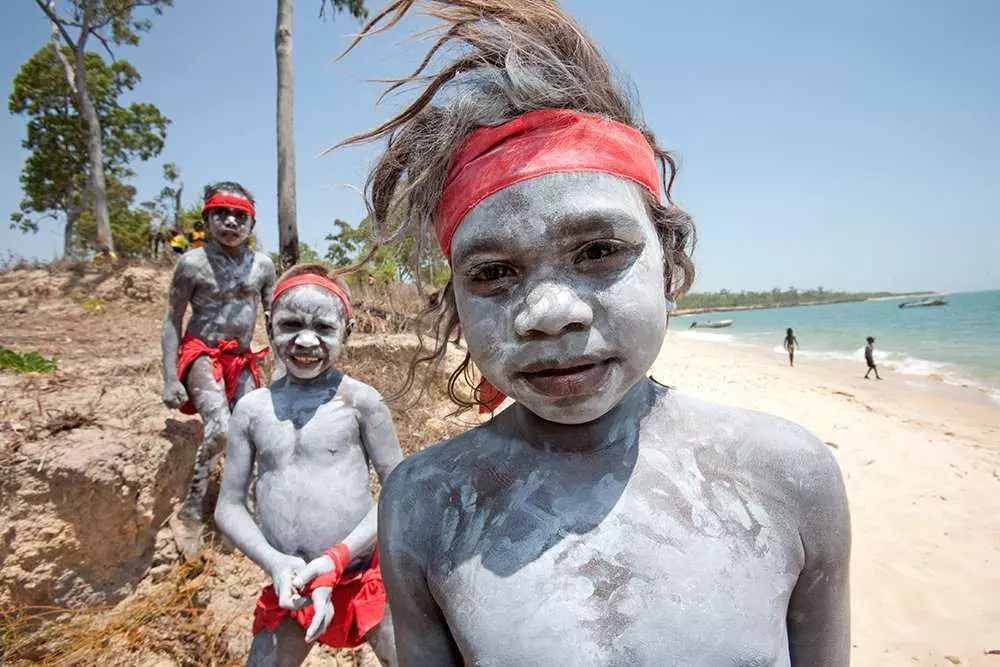15. Ainu
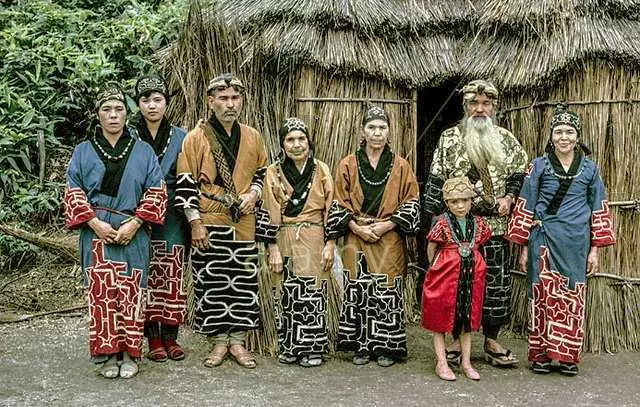
Image: myth & moor
Considered to be one of the rarest languages still in existence, Ainu is a Japanese dialect that’s used by the Ainu people who live on the island of Hokkaido. The language has no genealogical relationships with any other languages used today, although up until the 20th century some on the Kuri Islands still spoke it. Today, there are only 300 people still using the language with only 15 of those people being fluent. While there have been attempts to revive the dying language, it’s still on the decline.
14. Apiaka
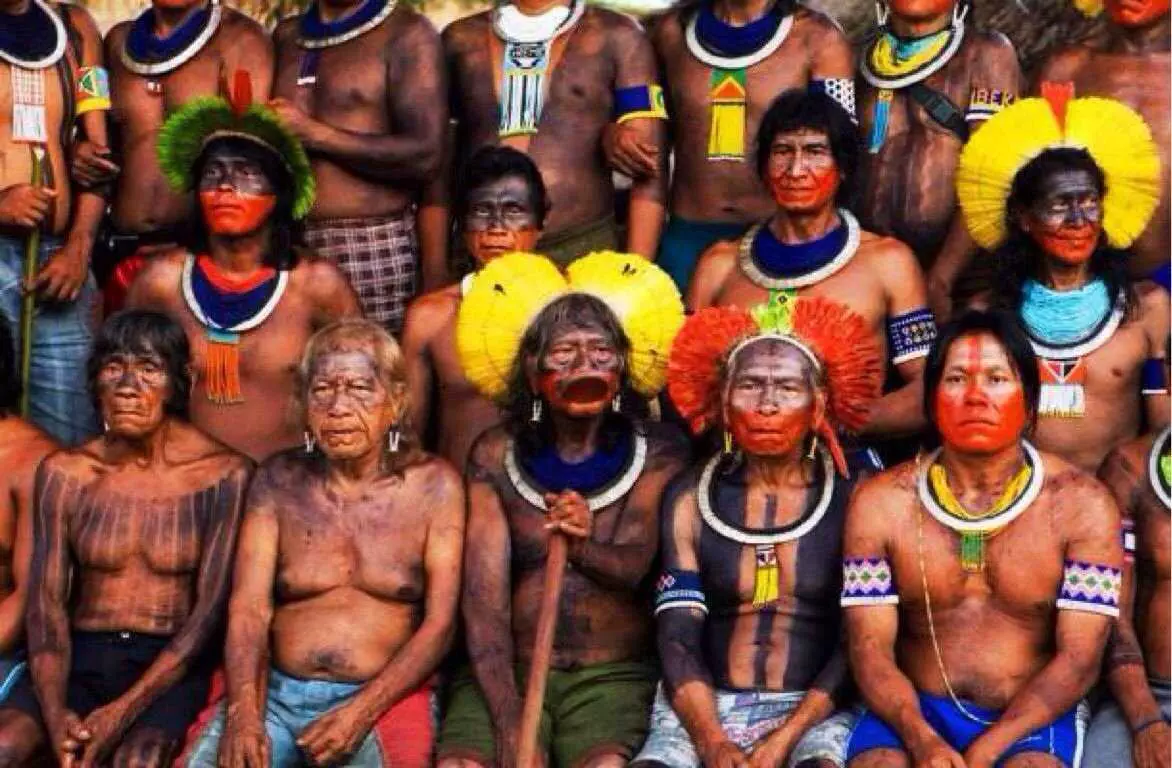
Image: haiku deck
The indigenous people living in Mato Grosso, Brazil speak this infrequently used language. According to UNESCO, the language is critically endangered because there is only ONE person remaining who can speak the language fluently. Today, most members of the Apiaka tribe speak Portuguese, and those who marry end up speaking the language of their spouse. As of now all attempts to revive the language have remained unsuccessful.
13. Bikya
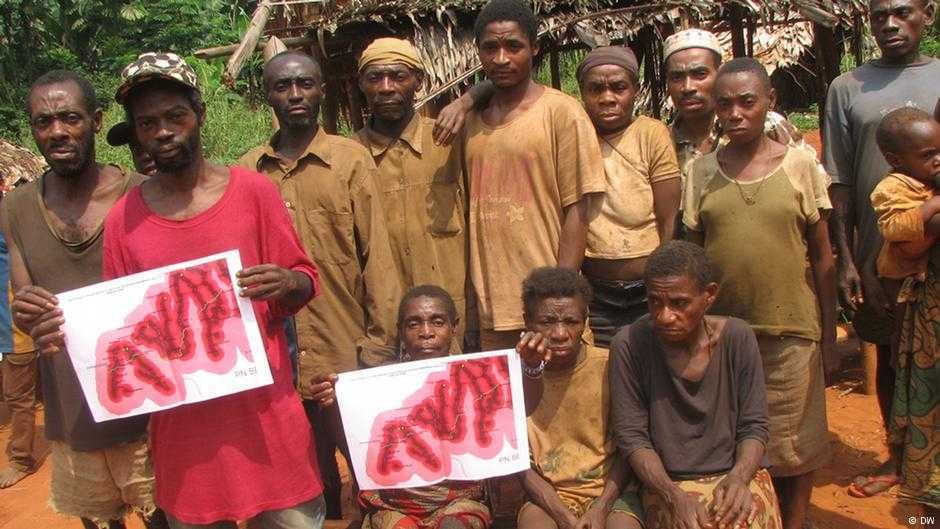
Image: dw. Com
The Bikya language is spoken in Cameroon and was thrust into the spotlight when an English linguist filmed an 87-year old woman speaking the language back in 1986. At the time, only four native speakers of the language were identified and according to linguists today it’s possible the language has already become extinct, although there is no evidence of this at the time.
12. Chamicuro
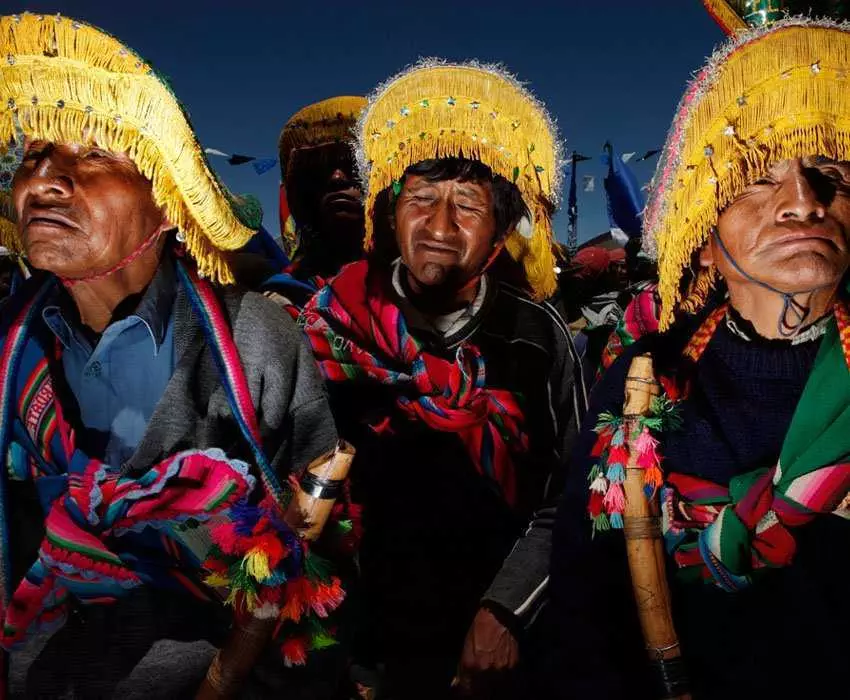
Image: toptenz
This language is considered to be critically endangered and, as of today, there are only eight people who are known to speak the language. It’s the native language of the Chamicuro tribe, who are located in South America—there are currently only 10-20 people left living by the Huallaga River. A dictionary for the language was created, but it was never utilized, with the children of those left in the tribe learning Spanish.
11. Kiranti

Image: kmjantz
Up in the mountains of the Khotang District in Nepal, there is a group of people who speak a language known as Kiranti. Considered to be a high-risk language for extinction, there are only 8 people left who speak the language fluently. Thankfully, there have been attempts to preserve the language through a dictionary, as well as several books on the grammatical details of the language. Sadly, it’s expected that this language will continue to fade away with a majority of Nepal’s population speaking the mother tongue of Nepali.
10. Dusner
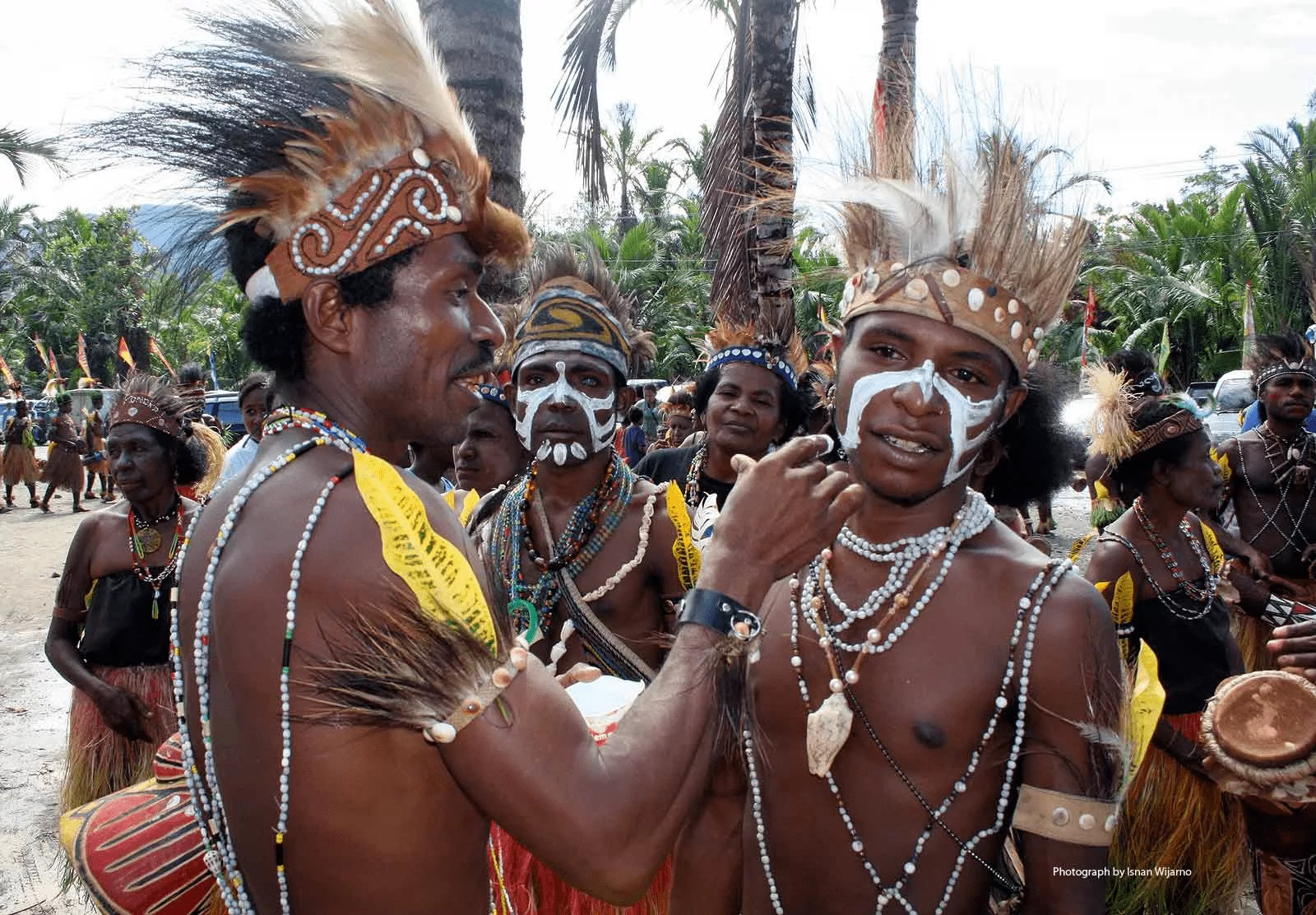
Image: vacation-indonesiaku. Blogspot. Com
The University of Oxford has declared Dusner “critically endangered” due to the fact that there are only 3 people left alive who can speak the language fluently. Known as the native tongue to the tribes living in Wandamen Bay in Papua, Indonesia, the language is at risk of being fully eradicated due to the many natural disasters that have rocked the area. Two of the speakers were caught in a flood, while another was near a volcano when it erupted. Without a dictionary or any documents of the language, once these three speakers pass on, the language will be officially extinct.
9. Kaixana
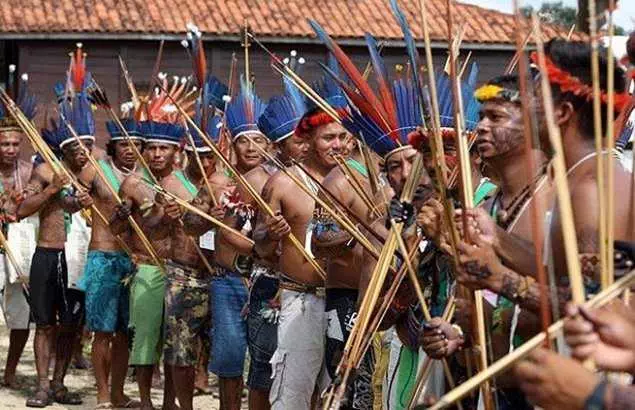
Image: lalung. Vn
This was once the language of the river people in the Japura area of the Amazon, but has slowly faded away as people have turned to speaking Portuguese. Now, only one 78-year-old man is able to speak the almost extinct language, which has yet to have any preservation attempts.
8. Lemerig
Over 1,000 miles east of northern Australia is a small island called Vanuatu where a rare Oceanic language, known as Lemerig, still exists today. The language is almost extinct due to their being only two fluent speakers left and no one actively speaks the language anymore. It is composed of four various dialects, though all are assumed to be extinct to this day. Unfortunately, no preservation attempts to save the language have been made at this time.
7. Njerep
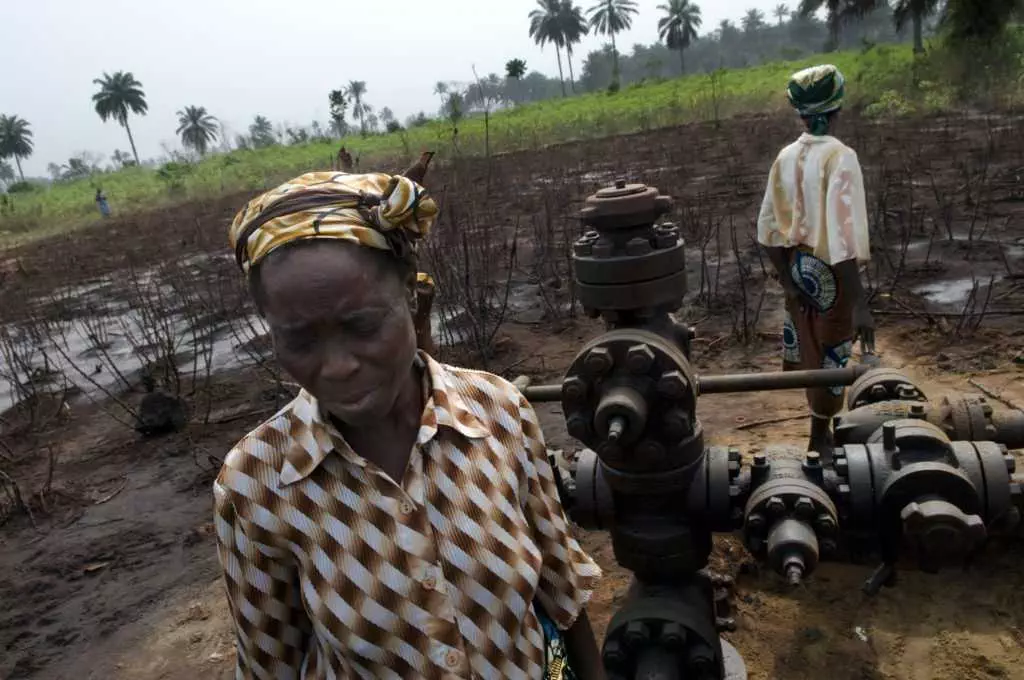
Image: amnesty international
Njerep is a Bantoid language that is spoken in the rural areas of Nigeria and is currently considered critically endangered. Although the language was thought to have been spoken in Cameroon, it’s the Mambila region that has utilized it more in the past. As of today, there are only four native speakers left, which means it’s only a matter of time before the language fades away forever.
6. Patwin
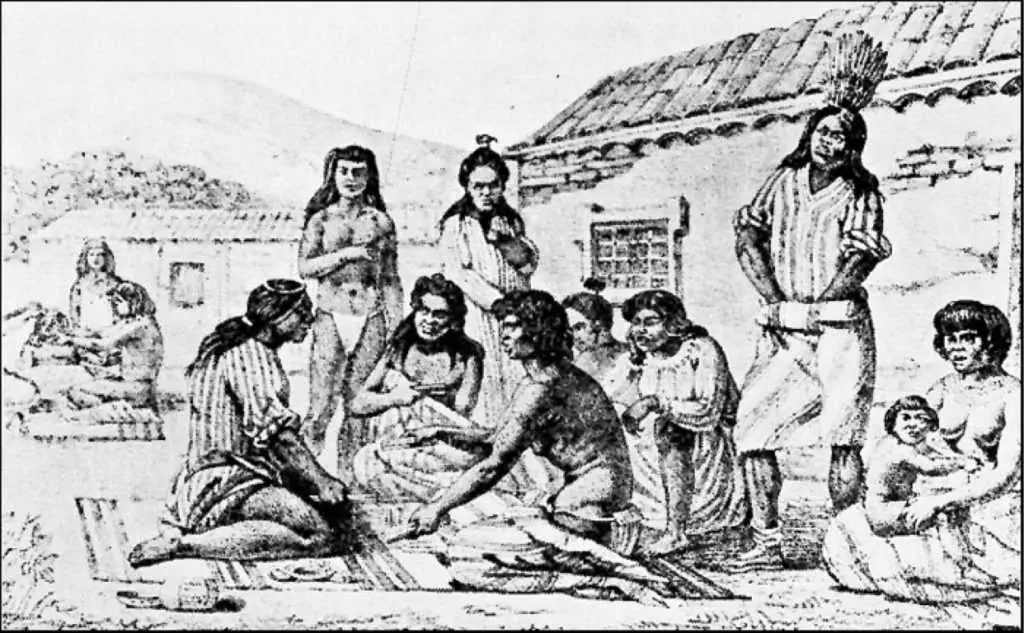
Image: haiku deck
Patwin is a Native American language that is used in the western United States by the descendants of the Patwin tribe. The tribe lives on the outskirts of San Francisco, near Cortina and Colusa, where documents have revealed there to be only one native speaker left. In an effort to preserve the language, Patwin classes were introduced in 2010 at the Yocha Dehe Wintun Nation tribal school. For those interested to learn more about the endangered language, you can find an extensive collection of research at the California Indian Library.
5. Pazeh
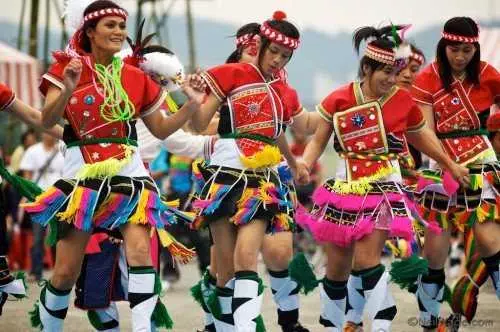
Image: airbitz
The language of the aboriginal people of Tawain, Pazeh is considered an Austronesian language. At the age of 96, Pan Jin-yu was the only one left who could speak Pazeh, but in an effort to preserve it she was able to teach 200 students the language before her death. It’s great to know that within the minds of a younger generation this language can live on.
4. Kaweskar
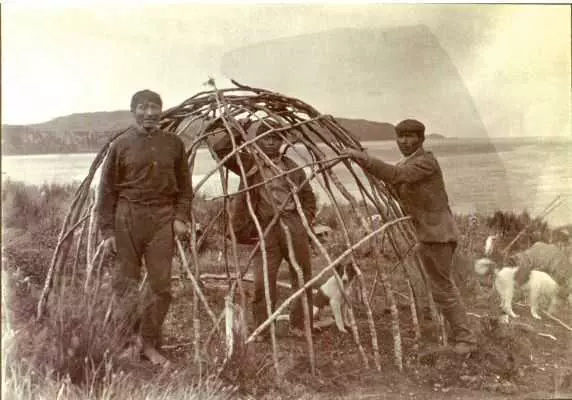
Image: greenpearls. Com
Spoken in southern Chile by the Kaweskar, this language is one of two Alcalutan languages left. There are only 20 native speakers left alive currently and they live on Wellington Island, although some people still speak one of the other dialects and a mix of two languages, Kaweskar and Kakauhua.
3. Tanema
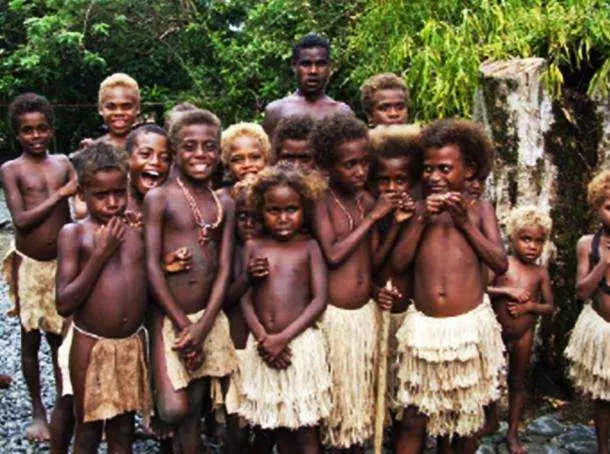
Image: believe it or not?
Tanema is spoken in the Emua village, which is located on the island of Vanikoro. There is only one person who can speak the language left alive currently, and most of the tribe has moved on to speak Pijin or Teanu, which is one of the more popular languages in the region. Oceanic in origin, this language is likely to go extinct prior to any preservation efforts taking place.
2. Tolowa
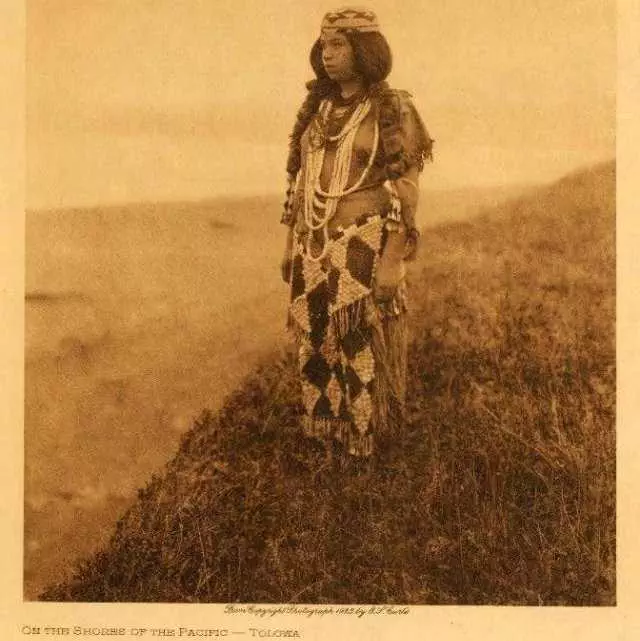
Image: spokane public radio
There are only a few members left of the Tolowa Native American tribe and, as of 2008, there is only one person alive who can speak Tolowa fluently. Located in the sovereign nation of the Smith River Rancheria, the tribe is part of a Pacific Coast subgroup that speaks several dialects of the Athabaskan language family. Unfortunately, preservation efforts have not been attempted and, with other dialects becoming more popular, the Tolowa language is likely to fade away quietly.
1. Vilela
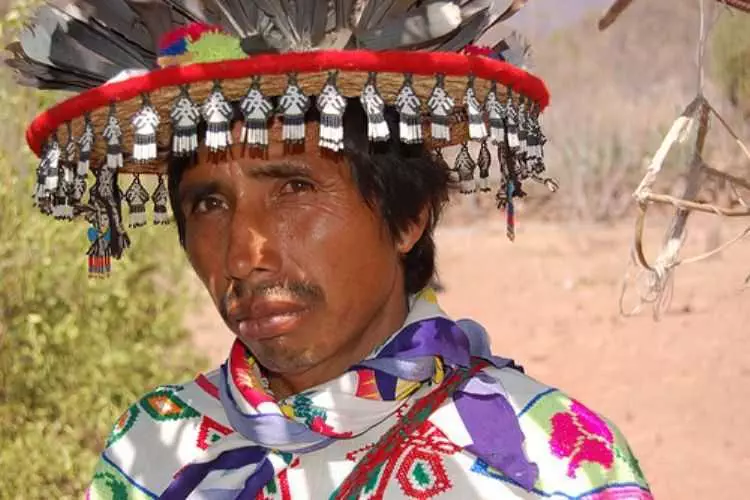
Image: explorandomexico. Com
This language is only spoken by a few elders left alive and is considered the indigenous language of Argentina. Most of the speakers left reside around the Paraguayan border, while the remaining natives are migrating with the Toba and other Spanish-speaking people. Despite being an endangered language, some of the dialects it includes survive on through other languages; although some linguists have argued that Vivela is isolated, despite the links being found to other languages in Argentina.

